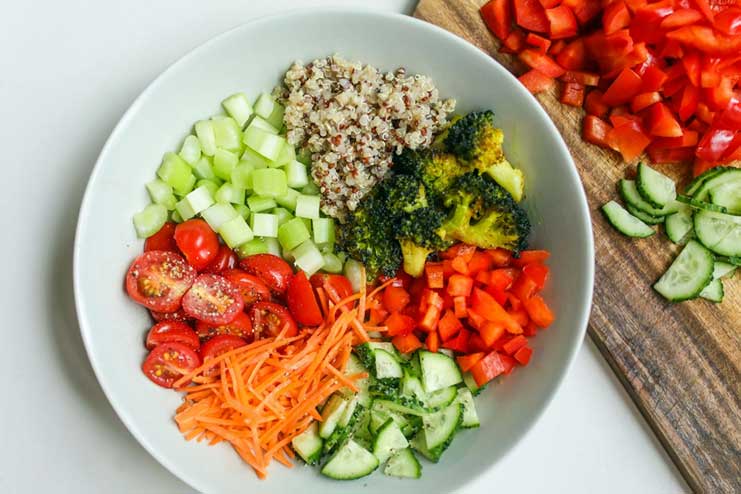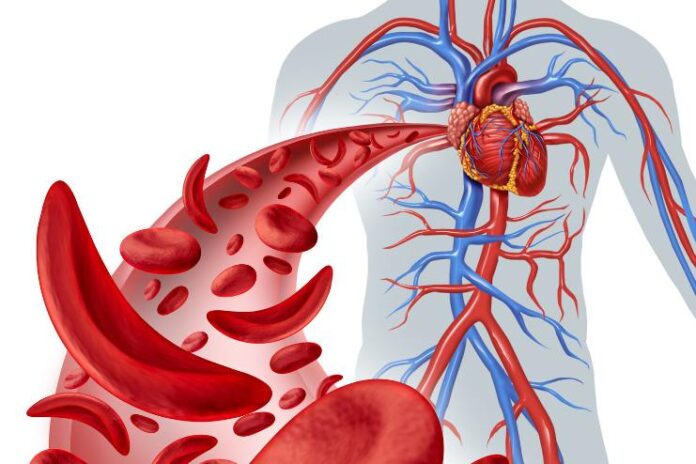Affiliate Disclaimer
Some links in this article are affiliate links. We may earn a small commission if you make a purchase through these links, at no extra cost to you. We only recommend products we find useful to our readersPreventing blood clots is essential for overall health and preventing severe complications like deep vein thrombosis and pulmonary embolism. Blood clots may result in strokes and heart attacks. In this article we explore five transformative lifestyle changes to help you prevent blood clots and live a healthy life.
1. Maintain a Healthy Diet

A healthy diet facilitates good blood circulation and reduces clots. A well-balanced diet with fruits, vegetables, whole grains, and lean proteins works wonders for your health. Here are some foods to prevent blood clots:
- Fruits and Vegetables: A wide variety will give you most of the vitamins, minerals, and antioxidants that promote vascular health. Green leafy vegetables, especially spinach and kale, are rich in vitamin K.
- Whole Grains: Oats, brown rice, and quinoa are whole grains rich in fiber. Fiber helps maintain blood pressure and cholesterol levels. A healthy cardiovascular system with normal blood pressure and cholesterol levels lowers clotting risks.
- Lean Proteins: Choose chicken, turkey, and fish.
- Omega-3 Fatty Acids: Omega-3 fatty acid-rich foods, such as salmon, mackerel, chia seeds, and walnuts, have anti-inflammatory properties that enhance blood flow. They help reduce blood clot formation by decreasing platelet aggregation.
- Garlic: Garlic is another potent food that can help prevent blood clots. It contains an antithrombotic compound called allicin, which is known to show anti-platelet activity and inhibit the formation of thrombus.
- Hydration: Staying hydrated is also important for preventing blood clots. Water consumption assists in maintaining optimal viscosity and circulation of blood.
2. Stay Physically Active

Regular physical activity will prevent blood clots and keep a person fit.
Improve Circulation: An increase in heart rate during exercise increases blood circulation throughout the body. This ensures that blood doesn’t stay stagnant in the veins and arteries and flows through them freely to reduce the chance of clotting. It also strengthens muscles that aid venous return.
Prevent Blood Stagnation: Slow or stagnant blood flow can cause an increased risk of formation of clots. Regular exercise and movement will keep the blood moving. This is particularly important for people who remain seated or in a standing position for very long periods.
Types of Beneficial Exercises:
- Walking: It is recommended to walk briskly for 30 minutes per day a few times per week.
- Swimming: This is a great, low impact exercise. Water buoyancy supports the body, creating less stress on the joints and muscles while promoting blood flow and circulation.
- Cycling: Cycling involves the lower parts of the body parts and the blood return from the lower body to the heart decreases the chances of blood clotting in the lower extremities.
- Strength Training: The more muscle mass, the better the overall functioning of the body and, therefore, the better support for blood flow. Plan strength training exercises at least two days a week.
- Flexibility and Stretching: Stretching exercises and yoga will help improve circulation. Stretching reduces the formation of clots by reducing muscle tension and increasing blood flow.
3. Stay Hydrated

Hydration is extremely important in maintaining blood viscosity and prevention of blood clots.
Role of Hydration: Proper hydration will prevent blood clots by preventing blood from turning thick or sticky. If you have a well-hydrated body, blood flows freely and easily; hence, this decreases the potential for blood clots to form. Blood thickens when you become dehydrated, increasing risk of clots. Drinking enough water helps to keep blood fluid and moving smoothly around the veins and arteries.
Recommended Daily Water Intake: It is suggested that you drink an average of 8 cups (2 liters) of water per day. This depends on your age, weight, activity level, and climate. Be sure to listen to your body in the form of thirst and drink accordingly.
Tips to Stay Hydrated:
- Carry a Water Bottle: Keep a reusable water bottle with you throughout the day. Having easy access to water encourages regular sipping and helps maintain hydration.
- Set Reminders: Use smartphone apps or set alarms to remind you to drink water regularly, especially if you often forget to drink throughout the day.
- Infuse Your Water: Add slices of fruits, vegetables, or herbs (like lemon, cucumber, or mint) to your water to make it more flavorful and enjoyable.
- Monitor Your Intake: Track your water consumption using apps or a journal to ensure you’re meeting your daily hydration goals.
- Eat Hydrating Foods: Incorporate water-rich foods in your diet, such as cucumbers, watermelon, and oranges.
Next Read: Treating Blood Clots in Legs and 9 Impressive Home Remedies Without Side Effects
4. Avoid Prolonged Immobility

Dangers of Prolonged Immobility: Long periods of immobility can hinder blood circulation in the limbs and lead to clotting. This stagnation can sometimes cause a blood clot that breaks off, thereby potentially resulting in serious complications such as pulmonary embolism.
Tips for Incorporating Movement:
- Take Frequent Breaks: If you’re sitting for a long period, make sure to stand up and walk around every 30-60 minutes to stimulate blood flow.
- Perform Stretching Exercises: Incorporate stretching exercises into your daily routine, especially for the legs. Simple exercises like calf raises, ankle circles and leg stretches will enhance circulation.
- Use a Standing Desk: Consider using a standing desk or a convertible desk that allows you to alternate between sitting and standing throughout the day.
- Walk or Exercise Regularly: Aim for at least 30 minutes of moderate physical activity a few days per week. Activities such as walking, jogging, or cycling promote healthy circulation and help prevent blood clots.
- Wear Compression Stockings: For those at higher risk or who must remain seated for extended periods, wearing compression stockings can help maintain healthy blood flow and reduce the risk of clotting.
5. Manage Stress Levels

From the moment you feel stressed, your system begins to release certain stress hormones such as cortisol and adrenaline. The majority of these hormones increase blood pressure, enhance clotting factors, and have an effect on blood that makes it prone to clotting.
Next Read: 20 Natural Ways to Boost and Improve Blood Circulation in The Body
Connection Between Stress and Clotting Risks:
- Increased Clotting Factors: Stress can elevate levels of clotting factors in the blood, making it more prone to coagulation.
- High Blood Pressure: Chronic stress contributes to high blood pressure, which can damage blood vessel linings and increase the risk of clot formation.
- Behavioral Factors: Stress leads to unhealthy coping mechanisms, such as smoking, excessive alcohol consumption, and poor diet.
Stress Reduction Techniques:
- Meditation: Meditation calms the mind and reduces stress hormones. Regular meditation sessions can improve overall emotional well-being and contribute to healthier blood flow.
- Deep Breathing Exercises: Deep breathing techniques can activate the body’s relaxation response, lowering stress levels and promoting a sense of calm. Simple exercises include inhaling deeply through the nose, holding for a few seconds, and exhaling slowly through the mouth.
- Yoga: Yoga is a combination of physical postures, breathing exercises, and mindfulness to reduce stress and improve flexibility. Regular practice can help manage stress and support overall cardiovascular health.
- Regular Exercise: Engaging in physical activity is a natural stress reliever. Activities like walking, jogging, or cycling can enhance mood, improve circulation, and lower stress levels.
Conclusion
Lead an active lifestyle, have a balanced diet, including fruits, vegetables, and lean proteins, stay physically fit and well-hydrated, and maintain a good blood circulation system to help avoid clotting risks.
In this Article




















